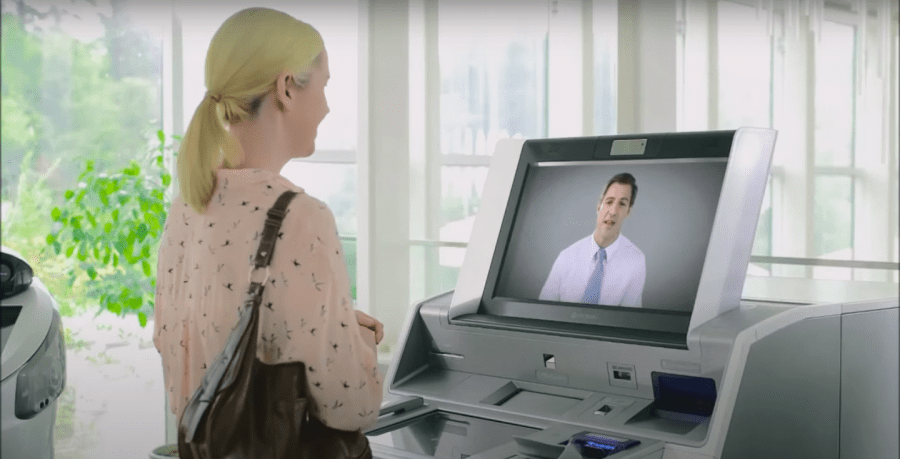

Bill Budde is the Vice President of Product Marketing for Hyosung. In this role, he helps banks and credit unions make decisions about branch transformation technology and unlock the value of those investments. Prior to joining Hyosung, Bill worked at JPMorgan Chase in both the Retail Banking and Merchant Processing business units, developing and implementing many self-service capabilities.
The introduction of the ATM in the late ‘60s created a significant leap forward in customer-facing technology for banks. Seemingly overnight, customers were no longer limited to “banking hours” for access to the money in their accounts, and usage spread quickly as it became a baseline expectation customers had of their banks. For decades, though, self-service offerings to banking customers were limited to withdrawing cash.
Over the last few years, self-service capabilities in banking have grown exponentially. The humble machine that simply dispensed cash to checking account customers around the clock was now being used for cash and check deposits that allowed instant account credit, making loan or bill payments, accessing home equity lines of credit, and many other banking needs. The increased sophistication has allowed our ATM products to handle the majority of simple transactions for banks in a self-service manner with around-the-clock availability. That still leaves a large volume of more complex transactions that require some level of teller or banker assistance to complete, however. This is where assisted service capabilities come in.
Adding video connectivity to ATMs opens a host of additional fulfillment opportunities that these devices can accomplish. Things like providing real-time customer identification validation or additional scrutiny of high-value transactions adds further customer convenience while also providing operational efficiencies by centralizing the transaction support. With the ATM providing automated tracking and storage of cash for the majority of branch transactions, the bank’s site-based employees are freed from many operational tasks involving the counting, moving, and tracking of cash, allowing them to devote their time to deepening relationships with customers.
Initial assisted service implementations were either/or propositions – customers were forced to choose between self-service or dialing up a video teller before beginning the transaction, mainly because these two paths were completely separate transaction flows that required separate processing from start to finish. While this approach seems straightforward, it has two key drawbacks – 1.) it forces a customer to have to determine whether or not the machine they are standing in front of is capable of performing a transaction without human intervention; and 2.) when assisted service is chosen, the remote teller is tied to the transaction for its entirety, regardless of how much assistance is actually needed.
To solve those issues, the teller cash transaction flows and ATM network needed to be brought together. Integrating a bank’s ATMs to its core integration allows ATM transactions and teller transactions to flow through a standard process, following common steps whether a customer is using a self-service device or working with a teller. This creates a fully integrated assisted service model, allowing all transactions at ATMs to begin in self-service, and enabling a customer to reach out for remote teller assistance when needed. If only a portion of the process requires assistance, a remote teller can jump in and complete the steps necessary, and then turn control back over to the customer to complete the rest by themselves. The customer no longer has to decide which path to go down, as the integration simplifies the approach by only having a single master path, and it allows the remote tellers to only be involved in the parts of the transactions where they are adding value, freeing them up to serve more customers. Now more than ever, providing customers a comprehensive set of self-service and assisted service options is an integral part of a robust customer engagement strategy.
Hyosung has been an innovator in the integration space, leading the industry with integrations to many of the top core banking systems. Building upon this, Hyosung created assisted service capabilities from the start as a part of our overall solution, making it a single cohesive user experience for both customers and tellers. Hyosung’s comprehensive solution set allows banks to increase the service and improve the experience they offer their customers while improving their overall operational efficiency.
For more information, see our new infographic about the evolution of assisted service.
Contact your Hyosung sales rep or your local Authorized Hyosung Dealer to see how Hyosung technology can help you meet the changing demands of your customer base.
